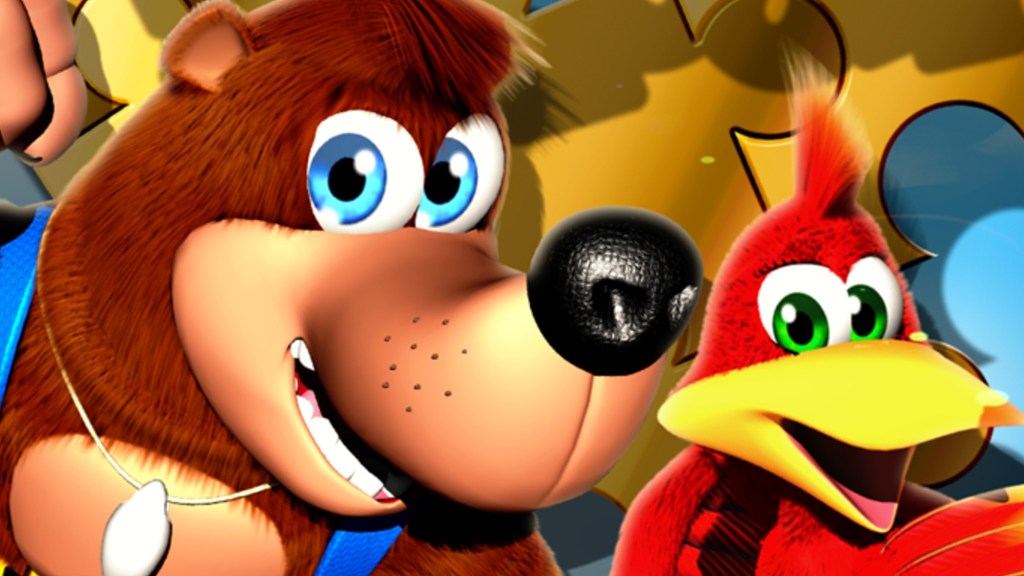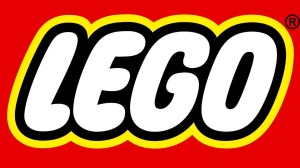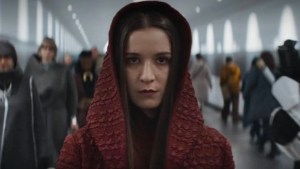While there is always a plethora of new games coming out across console and PC platforms, there is still a high quality of older games that paved the way for the most modern versions of RPGs, platformers, first-person-person shooters, and more. In that same vein, according to a recently published study from Newzoo, 67% of player hours on PC were spent on games six years or older since their original release.
Videos by ComicBook.com
Several games that came out after the NES, and before the 2000s, were genre-defining at their time, and still to this day remain integral within gaming history. Many gamers may often revisit some older titles to relive those nostalgic days or to pass on the same great gaming experiences to the next generation. However, not every video game ages well over time, so which retro games are still relevant and should be on every gamer’s list to complete?
If you are looking through this list and thinking, “These games didn’t come out that long ago, did they?” You might just be a retro gamer. Here is a list of five retro games that everyone should play and how to play them.
Banjo-Kazooie
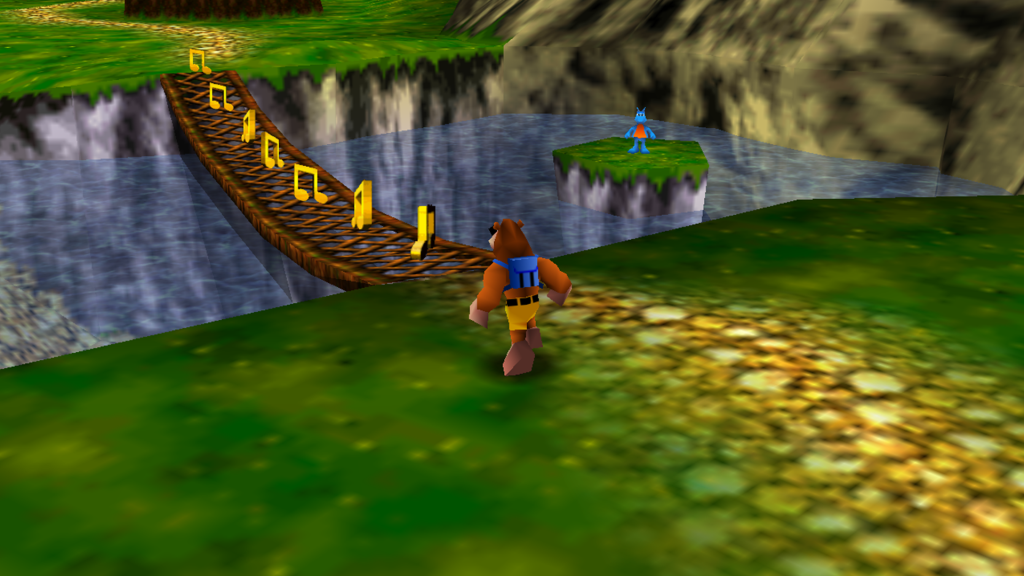
Banjo-Kazooie was originally released by Rare in 1998 for the Nintendo 64. Playing through the games developed by Rare was a staple of the 90s with several of the most famous hits all being developed by the studio. This included the likes of GoldenEye 007, Donkey Kong Country, Perfect Dark, and, of course, Banjo-Kazooie.
Banjo-Kazooie was one of the first 3D platformers of its kind with a winning formula of worlds within a world that unlock upon completing specific goals. In the case of Banjo-Kazooie, you’d need to collect various Jigsaw Puzzle pieces, Musical Notes, and usually a new gameplay mechanic that advances the narrative to subsequent worlds.
The story of Banjo-Kazooie follows a peculiar bear named Banjo and his bird friend, Kazooie, who aim to save Banjo’s sister from the evil witch, Gruntilda. Gruntilda wants to restore beauty and youth to herself at the expense of Banjo’s sister losing hers. To reach Gruntilda, Banjo and Kazooie must complete nine different worlds that offer a wide breadth of challenge, beauty, and adventure. The different worlds include a sewer-like environment called Clanker’s Cavern, a pirate beach cove called Treasure Trove Cove, a winter wonderland called Freezeezy Peak, and more.
Banjo-Kazooie spurred many similar 3D platformers of a similar nature, like Donkey Kong 64 and Conker’s Bad Fur Day. The gameplay and 3D environment of Banjo-Kazooie still feel quite rich by modern standards, and aren’t plagued as severally by cripplingly harsh camera angles to work with like Super Mario 64. Banjo-Kazooie is still accessible to play as part of Xbox Game Pass and is on Nintendo Switch Online.
Mega Man X

Mega Man, as a 2D platformer, saw its largest success in the 90s with several great hits like Mega Man, Mega Man 2, or perhaps Mega Man 3, and even Mega Man 4. Mega Man offered fairly consistent gameplay of entering a level, defeating a boss, and absorbing their power to utilize in subsequent levels. In the NES era, the formula worked well, but eventually started to stagnate across each iteration of Mega Man. That is, until the release of Mega Man X on the Super Nintendo in 1993.
Mega Man X still follows the tried and true methods of the Mega Man franchise with the run-and-gun mechanics and power absorption of defeated bosses. However, it additionally added some of the modern Metroidvania mechanics that have become familiar to the genre, like clinging to the walls to jump off and jump dash. Separately, Mega Man’s armor could be permanently upgraded by finding hidden or hard-to-reach capsules and tanks. These gameplay mechanics are still popular today with titles like Hollow Knight or Prince of Persia: The Lost Crown.
Mega Man X‘s story follows the introduction of Mega Man’s successor, “X”, a free-willed android created by Dr. Light. After other free-willed androids and Reploids rebel against humanity, X supports the Maverick Hunters to bring an end to those evil Reploids. Mega Man X also introduces Zero to the franchise, iconic for his signature weapon, the Z-Saber. That said, Zero is not a playable character in the series until Mega Man X3.
Given the prevalence within the indie gaming scene of keeping retro pixelated games alive, some of the Super Nintendo era of games are still quite relevant in today’s gaming landscape. Mega Man X was one of the defining titles of its time and is playable via the Mega Man Legacy Collection on Steam, Nintendo Switch, PlayStation 4, and Xbox One.
Tony Hawk’s Pro Skater
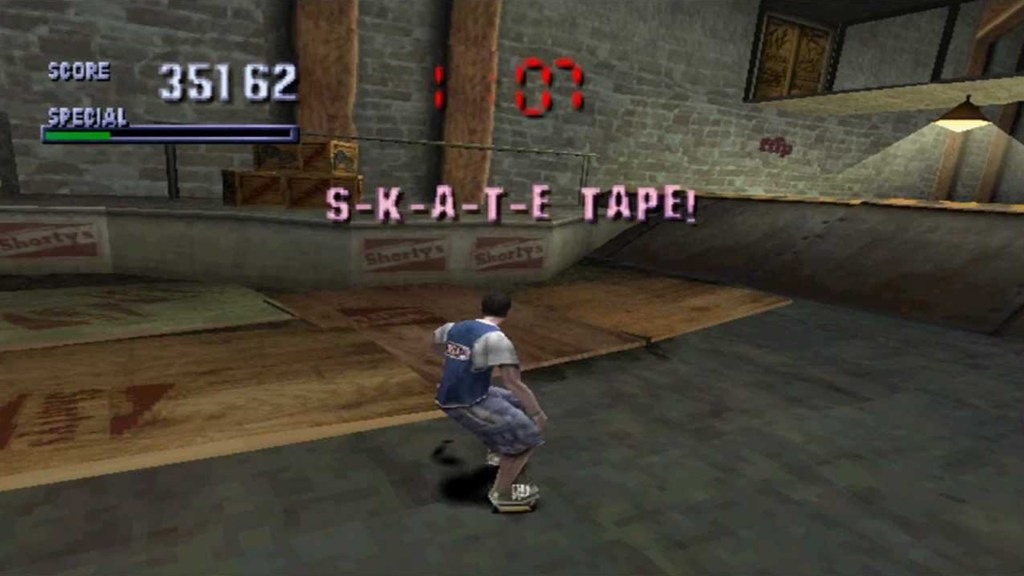
Grunge in the ’90s had a video game, and that video game was Tony Hawk’s Pro Skater. The game is named after the namesake skateboarder, Tony Hawk, famous in vertical skateboarding and having invented many tricks like the Ollie 540, frontside hurricane, and others. Tony Hawk’s Pro Skater paid homage to the grunge culture of the time with iconic levels set in the Warehouse or School, a perfectly curated OST, and level decor that was a shout-out to skateboard culture.
Skateboard games may not be at the top of gamers’ minds as must-play, but when it came to Tony Hawk’s Pro Skater, it broke away from following the typical norms of sports games. Each mission had a 2-minute run time, with several quests and objectives that needed to be completed, like collecting the letters S-K-A-T-E, finding a hidden VHS tape, and different high score challenges. The levels were also exceptionally replayable, which needed to be the case since it was difficult to complete all the objectives in an individual run.
Skating through the different haunts showcased in the different Tony Hawk games felt quintessential to what being a millennial in the 90s felt like. With the added feature of split-screen couch multiplayer, time was well wasted after school or on the weekend, competing for top score and figuring out how to reach near impossible heights on the different half-pipe challenges.
Tony Hawk’s Pro Skater was remastered and rereleased across all platforms in 2020 as Tony Hawk’s Pro Skater 1+2. It remains accessible to revisit all the important nostalgic scenes, build out some sick combo threads, and play both in local and online multiplayer.
Final Fantasy VII

On the list of most, if not all, Final Fantasy players’ list of Final Fantasy games that everyone should play, Final Fantasy VII is the game that comes up time and time again. Final Fantasy VII was originally released in 1997 on PlayStation, but was originally planned for Nintendo platforms of the time. If you were notably a Nintendo kid, through and through, Final Fantasy VII might have completely missed you as a gamer. However, this Final Fantasy is credited with popularizing Japanese stylized RPGs worldwide, won several awards, and is often regarded as one of the greatest video games of all time.
Final Fantasy VII follows the hero, Cloud Strife, who operates as a mercenary within a rebel organization focused on preventing the mega corporation, Shinra Inc., from utilizing the planet’s energy: Mako. The consumption of Mako energy is tied together with destroying natural resources and ultimately harming the planet. The story begins with the rebel group, Avalanche, destroying a Mako generator, which is an iconic start to the overall narrative of Final Fantasy VII, the mechanics of the game, and the characters that become integral to the story.
Final Fantasy VII was remade from the ground up for modern hardware and expands on the original story as it was created on PlayStation. For those looking to play Final Fantasy VII in its original form, the game is still available across PS4, Nintendo Switch, Xbox, and PC.
The Legend of Zelda: Ocarina of Time

The Legend of Zelda: Ocarina of Time was released on the Nintendo 64 in 1998 and is the first 3D Zelda game ever to be released. Ocarina of Time is arguably one of the best games of all time, and realistically also one of the best Zelda games of all time.
A masterclass in writing, Ocarina of Time explores several important topics that beget sorrow as you dive further into the narrative. Many of those themes begin at the death of the Great Deku Tree. From this moment, the land of Hyrule is no longer in balance as corruption seeps across the land. Ocarina of Time is also a coming-of-age tale, as circumstances beyond the control of the heroes require Link and Zelda to grow up before their time. In the end, Link is left lonelier than where he began, as perhaps an ultimate truth for the human condition.
Ocarina of Time was also the first introduction of adult Link upon resolving the Temple of Time storyline and seeing seven years of time pass in the blink of an eye. Even from the standpoint of a younger player, the weight shift from moving from a child protagonist to an adult protagonist is an immense responsibility. And the weight of that burden is felt immediately when leaving the Temple of Time to see Hyrule completely broken and gone.
The Legend of Zelda: Ocarina of Time, as a Nintendo exclusive, is more limited to play in 2025, but is still accessible on Nintendo 3DS with the release of the 3D version of Ocarina of Time. Additionally, this Zelda game is part of Nintendo Switch Online within the classic selection of library games from the Nintendo 64.

